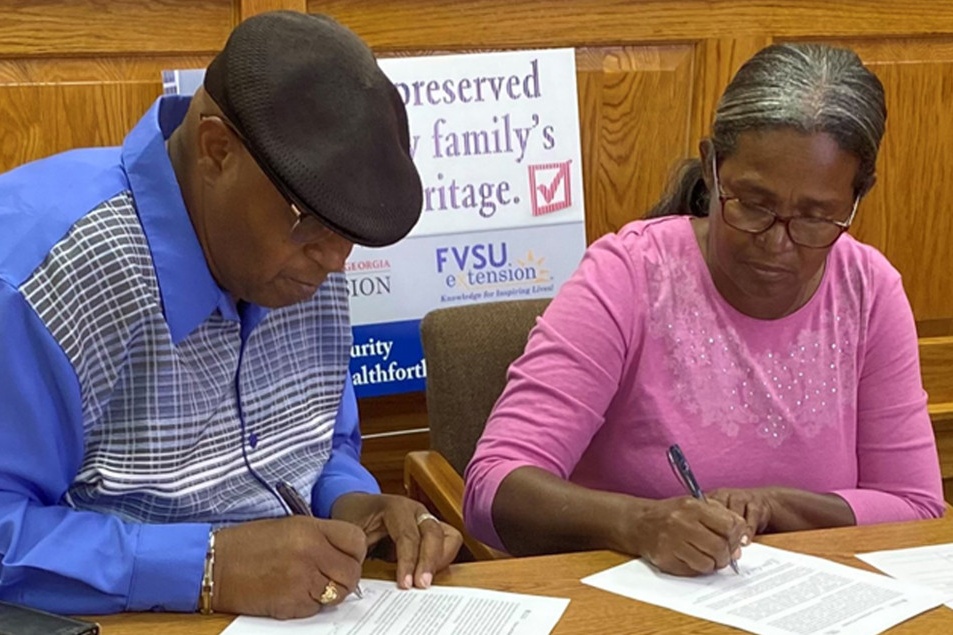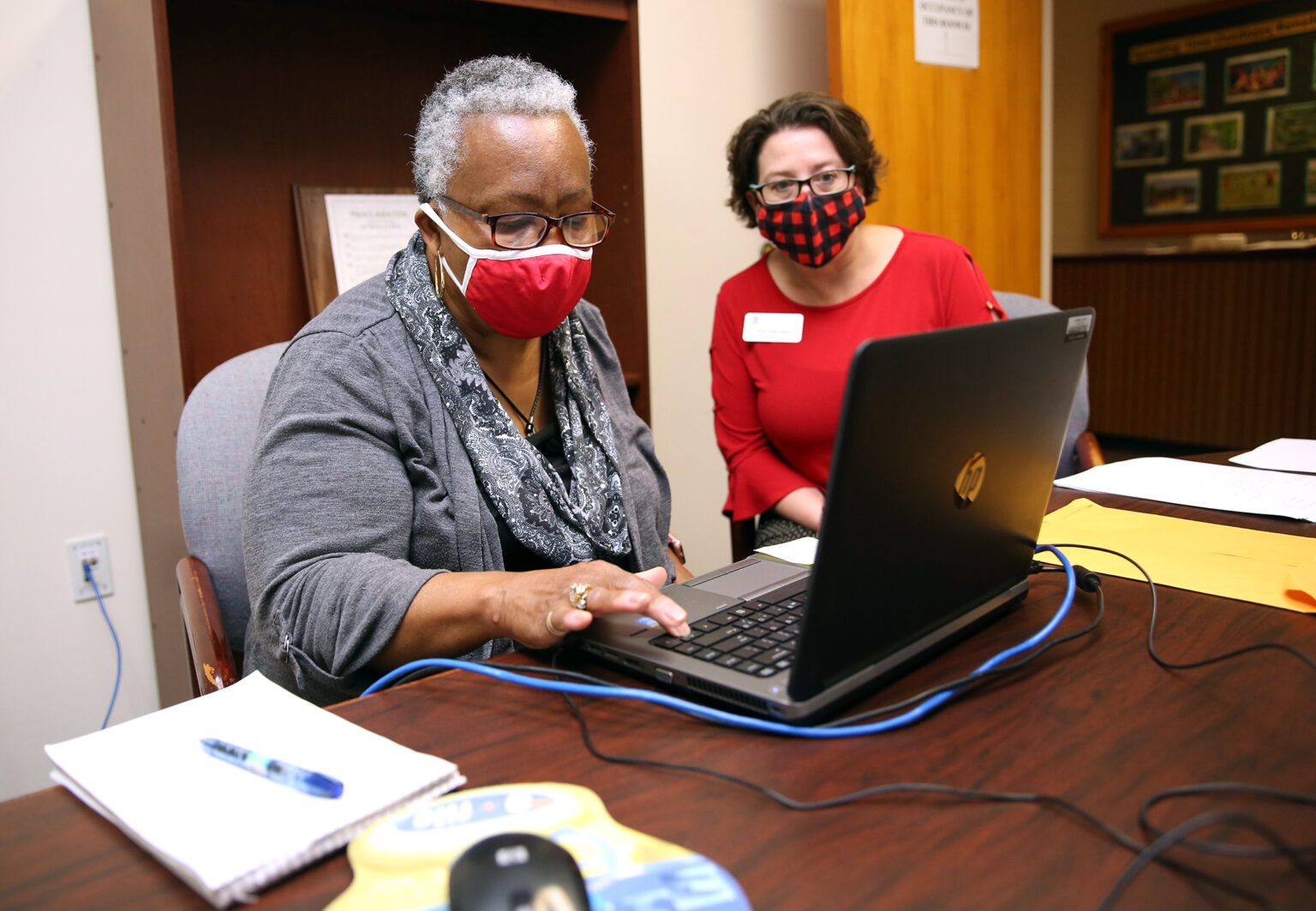You may not find research in fruit and vegetable diseases to be intriguing, but if you no longer had high-quality fresh food on your plate, you might change your mind. If federal earmark funding is taken off the table for America’s land-grant universities, the safety of our abundant food supply will suffer.
For example, phytophothora is a devastating disease for fruits and vegetables grown in the humid regions of the U.S., including Georgia. Nationally, the disease costs farmers $182 million. It costs Georgia farmers $38 million annually. Tomatoes or bell peppers can be healthy one day. The next day, the entire field could be wiped out. Infected fields often are destroyed to stop the disease’s spread.
Solutions to this disease are complex, yet hardly exciting, nor thrilling or sexy. Having resources to find the solutions to the problems that plague our nation’s farmers is paramount to our ability to feed, clothe and house our citizens.
Often it’s how farmers grow crops that determines the prevalence of the problem. Research into best practices is vital to their success.
The scientific community isn’t going to fund studies of solutions to plant diseases like phytophothora. The scientific process mainly focuses on and funds studies that involve high-minded science, usually using molecular tools that investigate fundamental theory and process. Studying the best time of the season to plant bell peppers in south Georgia, while perhaps holding the solution to phytophothora, is never going to win a Nobel Prize.
Some might also ask why farmers don’t fund this research directly, much like the Boeing Corporation funds research into the development of a new generation of aircraft. Farming is a diverse industry where no single farmer has the ability to directly support needed research.
Some might also ask why multinational pesticide and chemical companies don’t support this research. Since the solution likely doesn’t involve a chemical which can be sold for profit, there is no incentive to develop strategies that don’t make money.
Federal earmarks remain the only process for supporting this vital research. Without it, these projects fall between the cracks of the types of studies typically supported by the National Science Foundation and the U.S. Department of Agriculture National Research Initiative and the profit-driven research that pesticide companies might support.
The very essence and value of public land-grant university research is that it is free from industrial, corporate, profit-motive influence. It is the closest thing we have to objective research for the good of the nation.
Without federal funds, public university research may not have found the solution to the boll weevil, ways to protect and preserve our land and water or effective systems to prevent devastating foreign animal diseases from wiping out our food supply. Or we may have found the solutions, but the information would not be readily available for all to see, use and benefit from.
There have been misguided projects amid the system of federal earmarks. There likely will be again. But research projects funded by the USDA support important issues that wouldn’t get the attention of other funding sources, yet are vital to ensuring we all have a safe, abundant and high-quality food supply.
University of Georgia scientists are studying ways to fight phytophothora in fruits and vegetables right now.
Their work is being funded by federal earmarks.
Without this support, no one else would be looking for solutions to this problem. Research funded by federal earmarks may be the only hope we have to continue growing important Georgia food crops.




.jpg)

